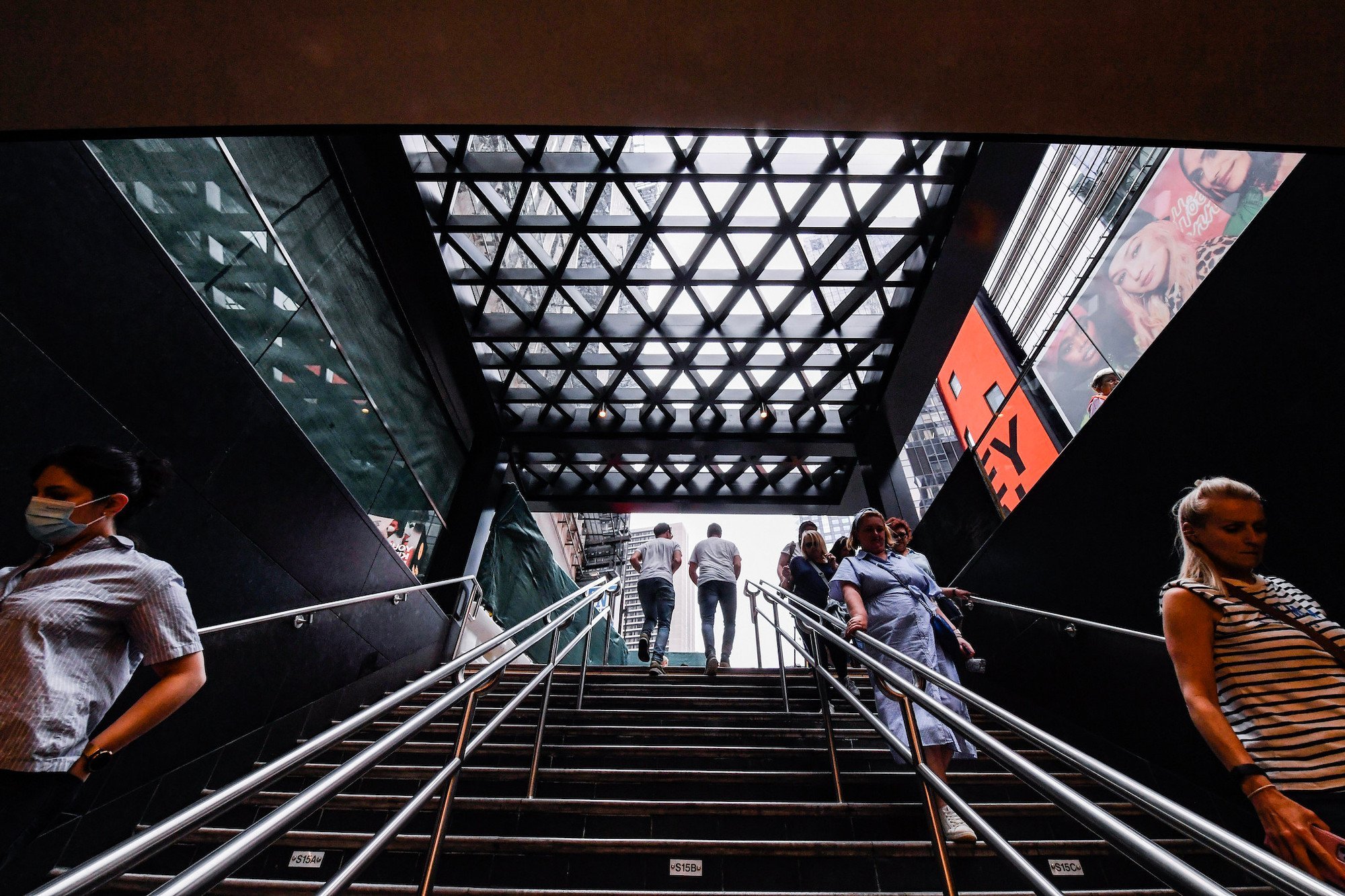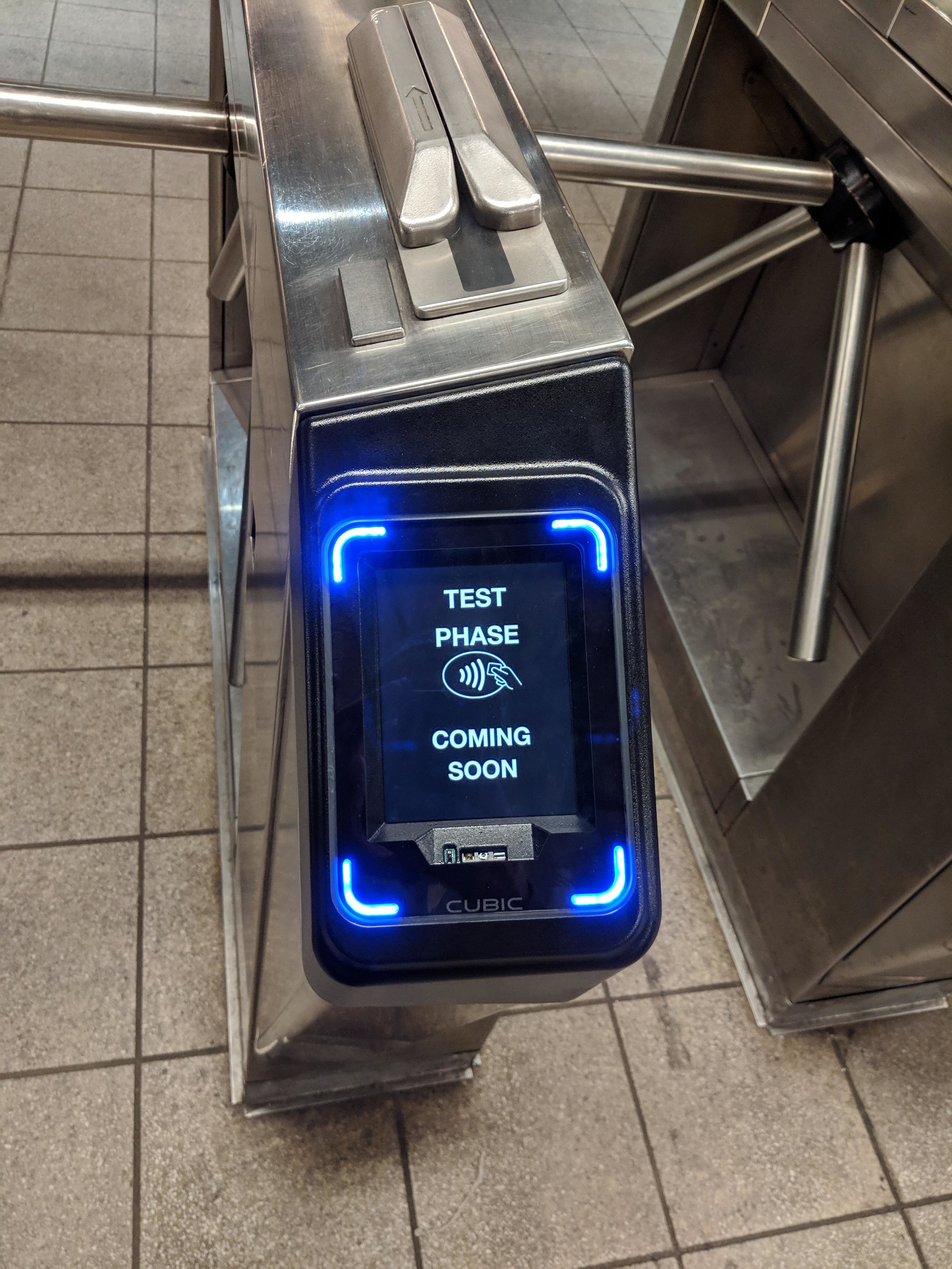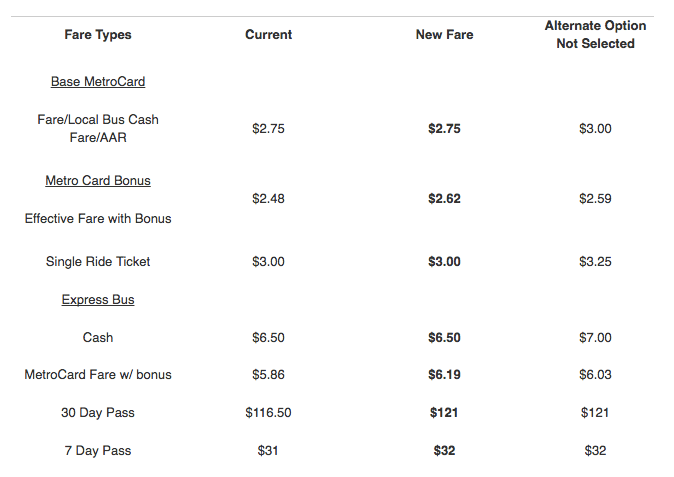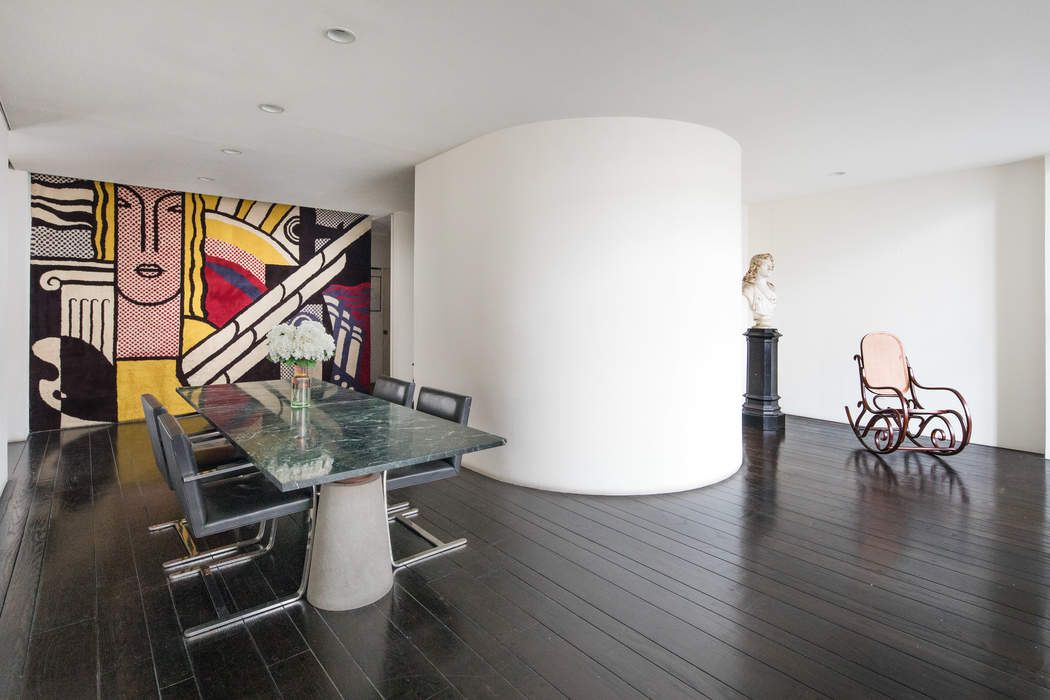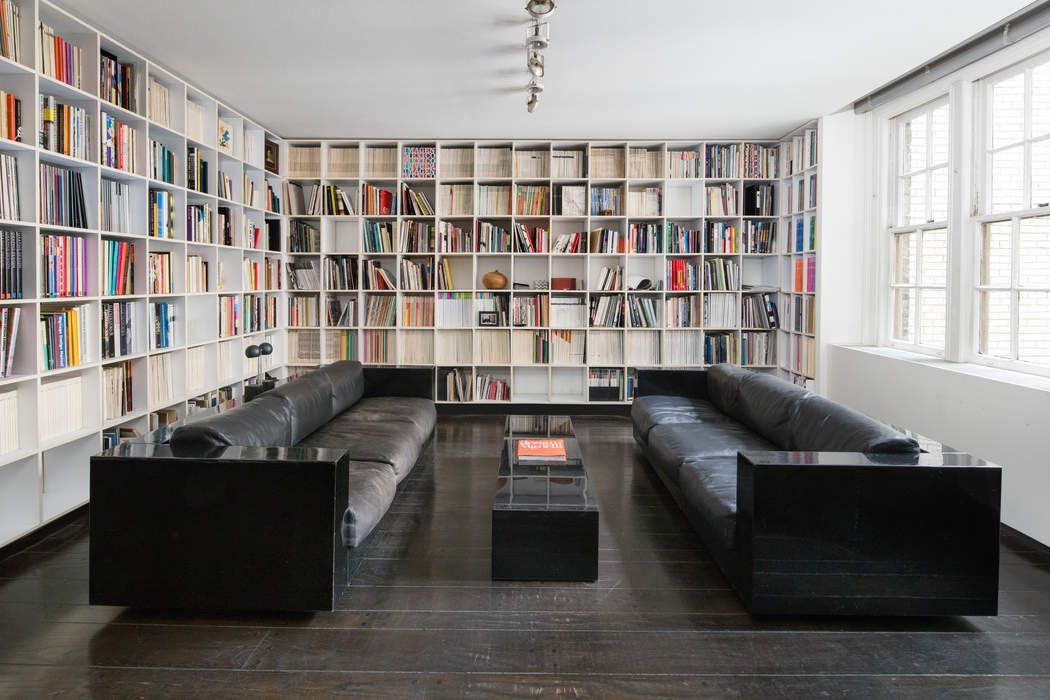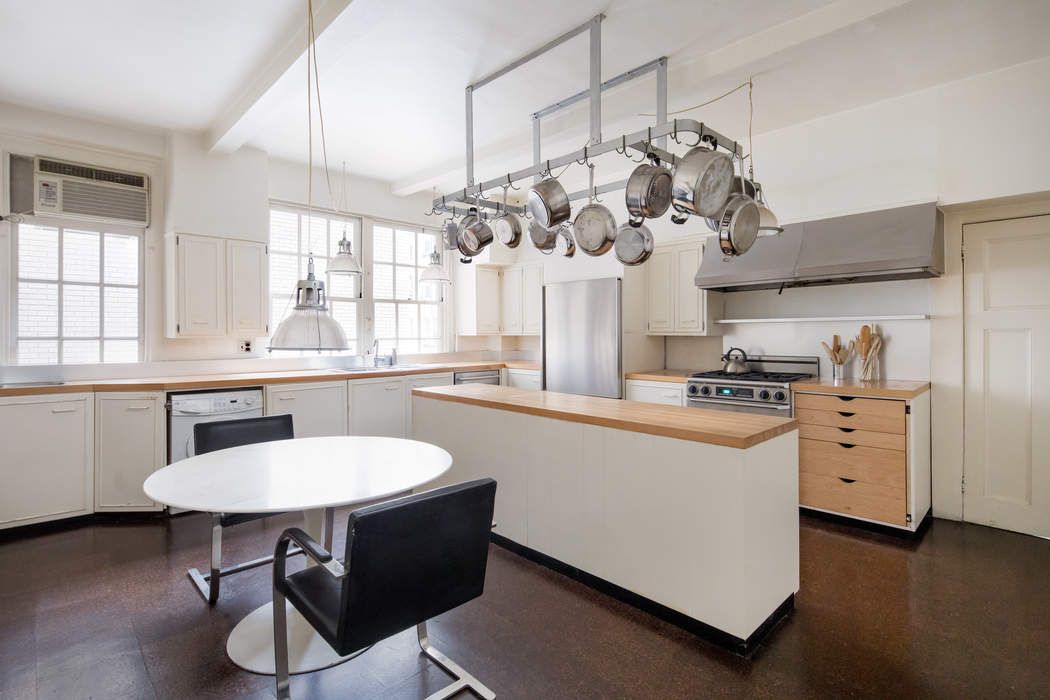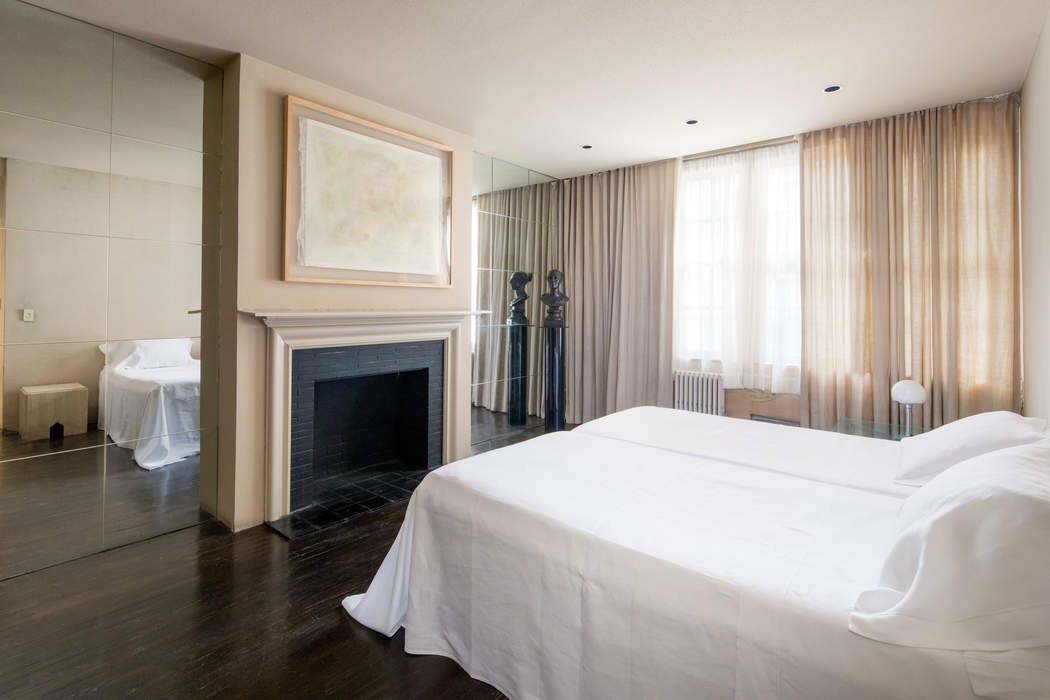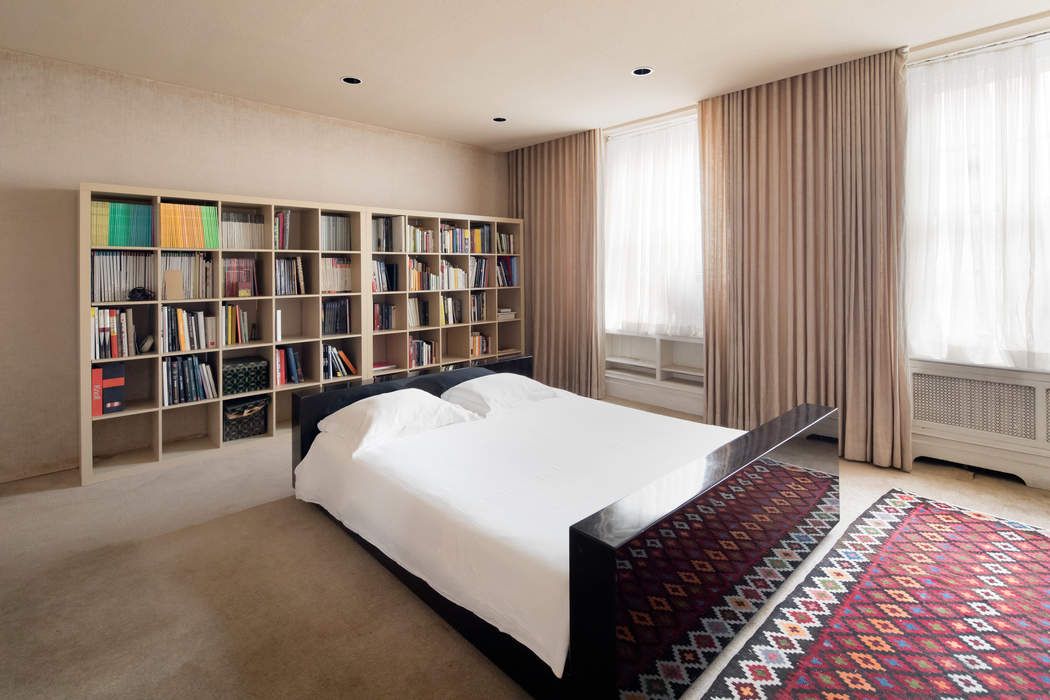The Queensboro Plaza subway station will shut down every weekend in January to allow for accessibility upgrades, the Metropolitan Transportation Authority announced on Thursday. The Long Island City station, home to the 7, N, and W trains, will be closed starting the weekend of January 6 through the weekend of January 27, beginning at 12:01 a.m. on Saturdays and ending at 5 a.m. on Mondays.
Commuters should note there will also be no 7 train between Queens and Manhattan on those weekends. The 7 will run between Main Street and 74th Street-Broadway; free shuttle buses will be available.
During the month-long weekend shutdown at Queensboro Plaza, the MTA will install the equipment, cab, and glass for a new elevator running from the mezzanine to the platform, new roofing at the upper platform level around the new elevator, and the steel framing for concrete landings around the new elevator shaft.
Other upgrades include a rehabilitation of all the stairs at the station and the installation of media screens as well as fire alarm, CCTV, and PA systems.
As 6sqft previously reported, the $74 million project at Queensboro Plaza includes the addition of two elevators, an expanded mezzanine, new lighting and boarding areas, and upgrades to the existing street and station stairs to meet current ADA standards. The project is expected to be completed by the middle of next year.
The MTA has said the station’s location above the 11-lane entrance to the Ed Koch Queensboro Bridge makes it a complex construction project requiring significant service reductions and changes.
See the service changes scheduled for every weekend in January:
Queens & Manhattan
E and R trains will operate every eight minutes instead of every 12 minutes between 7 a.m. and 8 p.m.
Overnight E trains will be rerouted via the R from Queens Plaza to 34th Street-Herald Square.
F trains will be rerouted via the E line in both directions between 47th-50th Street-Rockefeller Center and Jackson Heights-Roosevelt Avenue.
7 trains will operate between Main Street and 74th Street-Broadway every eight minutes during weekend peaks.
42nd Street shuttle trains will operate all night between Times Square-42nd Street and Grand Central-42nd Street.
N trains will be rerouted to operate between 96th Street/2nd Avenue and Stillwell Avenue, every 12 minutes during the day.
N shuttle trains will operate between Astoria-Ditmars Boulevard and 39th Avenue every 12 minutes during the day.
Q shuttle trains will operate between 96th Street and 34th Street between 3:00 a.m. and 5:00 a.m. on Sunday while N trains transition back to their normal route.
Brooklyn
Q trains will operate between Prospect Park and Coney Island/Stillwell Avenue only, due to track replacement north of Prospect Park in Brooklyn.
Free shuttle buses will operate between:
74th Street-Broadway and Queens Plaza
Queens Plaza and Vernon Boulevard-Jackson Avenue
39th Avenue (N) and Queens Plaza
34th Street-Hudson Yards and Times Square-42nd Street (overnight)
Atlantic Avenue-Barclays Center and Prospect Park (replacing the Q)
Q94 and Q95 buses operate between Roosevelt Island or 21st Street and Queens Plaza as normal except from January 6 to January 8.
On January 6 through 8:
Free shuttle buses will replace F shuttle trains between Lexington Avenue /63rd St and 21 Street-Queensbridge, between Roosevelt Island and Queens Plaza, and the Q94 and Q95
Queensboro Plaza station will be closed every weekend in January
By Devin Gannon
December 22, 2023
Photo by Shinya Suzuki on Flickr






